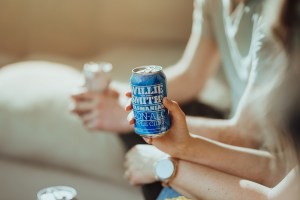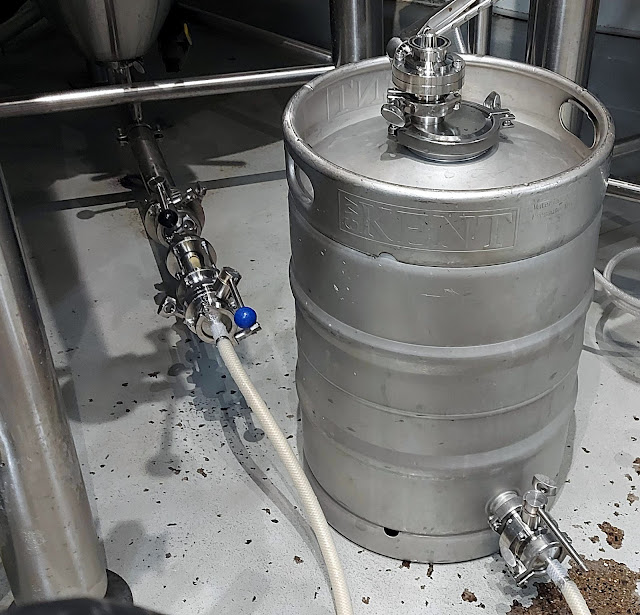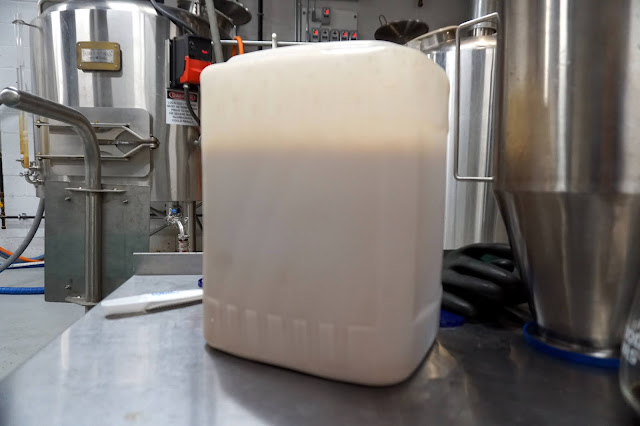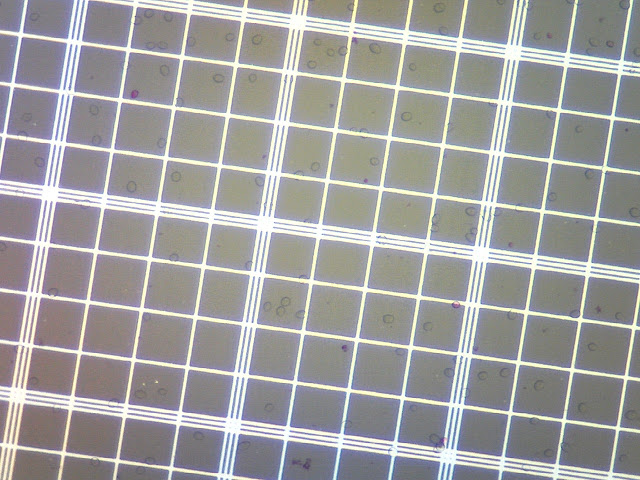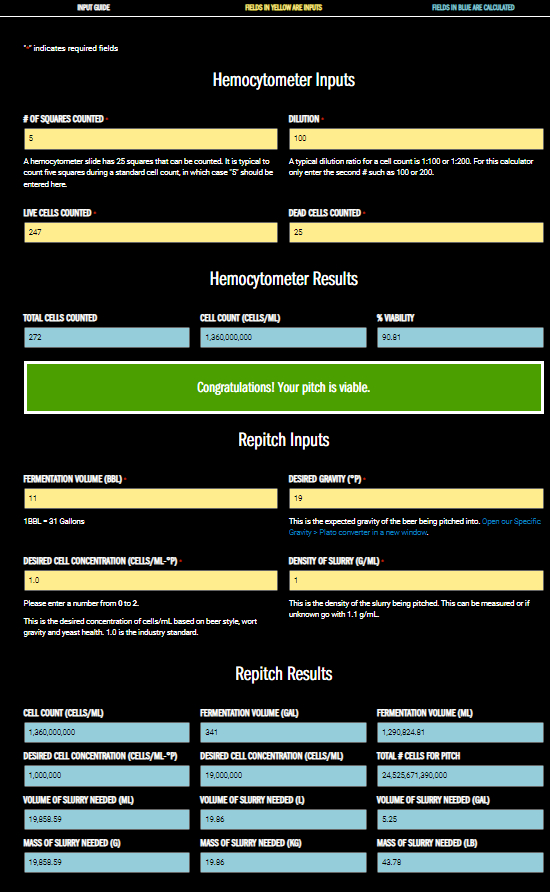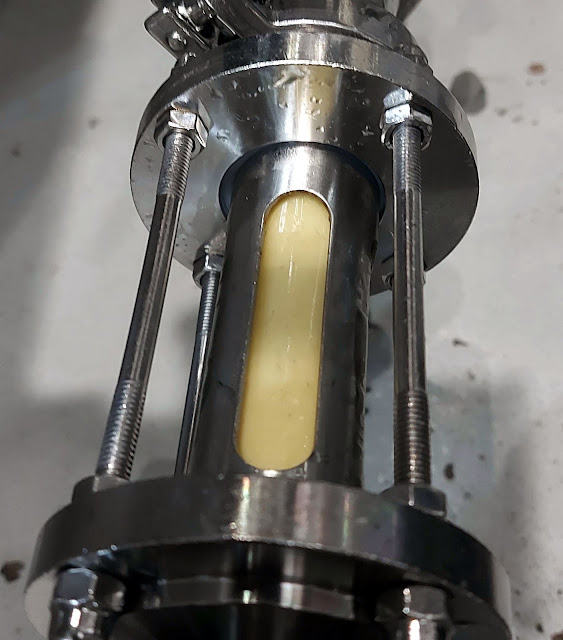 Mitch Steele joins me this week to discuss Craft Beer supply chain issues, non-alcoholic beer, new yeast strains and more. Subscribe on iTunes to Audio version or Video version or Spotify or Google Play Download the MP3 File– Right Click and Save As to download this mp3 file. Your browser does not support the audio […]
Mitch Steele joins me this week to discuss Craft Beer supply chain issues, non-alcoholic beer, new yeast strains and more. Subscribe on iTunes to Audio version or Video version or Spotify or Google Play Download the MP3 File– Right Click and Save As to download this mp3 file. Your browser does not support the audio […]  Mitch Steele joins me this week to discuss Craft Beer supply chain issues, non-alcoholic beer, new yeast strains and more. Subscribe on iTunes to Audio version or Video version or Spotify or Google Play Download the MP3 File– Right Click and Save As to download this mp3 file. Your browser does not support the audio […]
Mitch Steele joins me this week to discuss Craft Beer supply chain issues, non-alcoholic beer, new yeast strains and more. Subscribe on iTunes to Audio version or Video version or Spotify or Google Play Download the MP3 File– Right Click and Save As to download this mp3 file. Your browser does not support the audio […] 












